Best
Budget Upright
Piano
-
Overall: Has 88 Hammer-Action Keys With Adjustable Touch Sensitivity
-
Best Feature: Includes 20 High-Quality Instrument Voices And 50 Demo Songs
-
TedScore™: 9/10
Best
Overall Acoustic Piano
-
Overall: Attractive Design With A 48" Height And 59" Width
-
Best Feature: High-Quality Materials Used Throughout The Production Proces
-
TedScore™: 10/10
Best
Digital Upright Piano
Digital Piano UNMISTAKABLE QUALITY AND STYLE
-
Overall: OLED Display That Makes Navigation Easy
-
Best Feature: Spatial Headphone Sound Technology Enhances The Depth And Realism Of The Sound
-
TedScore™: 8.5/10
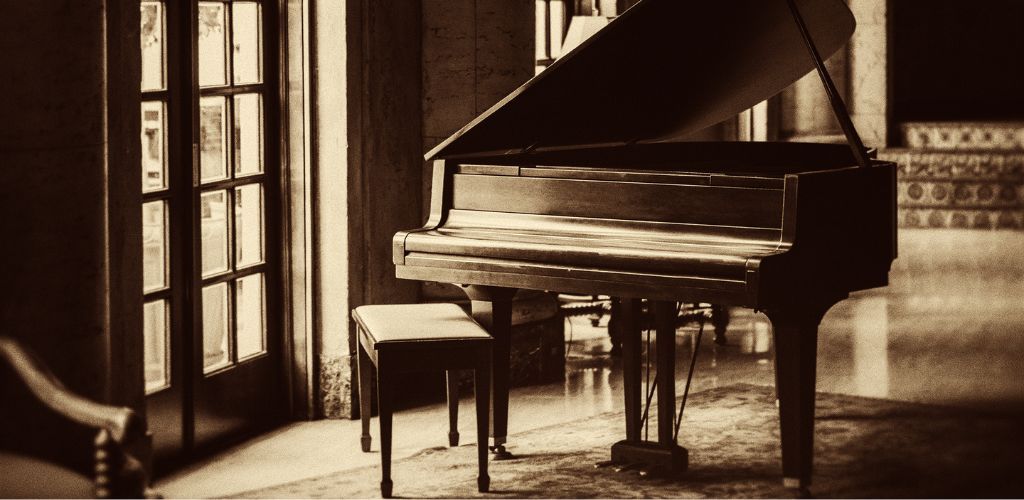
Have you ever wondered where should you not put a piano? Get ready for some helpful tips on where to place your beloved instrument in your home.
As a pianist, I’ll tell you a little secret: placing your piano next to a heat source is like giving it a one-way ticket to the repair shop.
Just like you wouldn’t want to sunbathe in a blizzard, your piano needs the right spot— not too hot, cold, and not in direct sunlight.
By the end of this article, you’ll be avoiding piano placement mistakes like a pro and keeping your instrument in excellent condition. Ready to keep going?
Avoiding Environmental Damage
I can’t overstate how important it is to keep your piano safe from harm’s way. It’s about striking the right balance between temperature and humidity—a bit like keeping a cake perfect in a bake-off!
Protecting from Temperature and Sunlight

I’ve always said my piano hates basking in the sun like some chocolates on a summer day. Direct sunlight can cause your piano to fade and lead to tuning instability due to heat.
To protect your prized instrument, consider placing it away from windows or a spot that receives direct sunlight; if that’s not an option, heat-blocking window film or good-quality blinds can be a real game-changer.
Remember, any heat sources like radiators or air vents invite trouble by causing temperature fluctuations; try using vent covers or repositioning your piano to avoid that hot air flow.
Managing Humidity for Piano Health
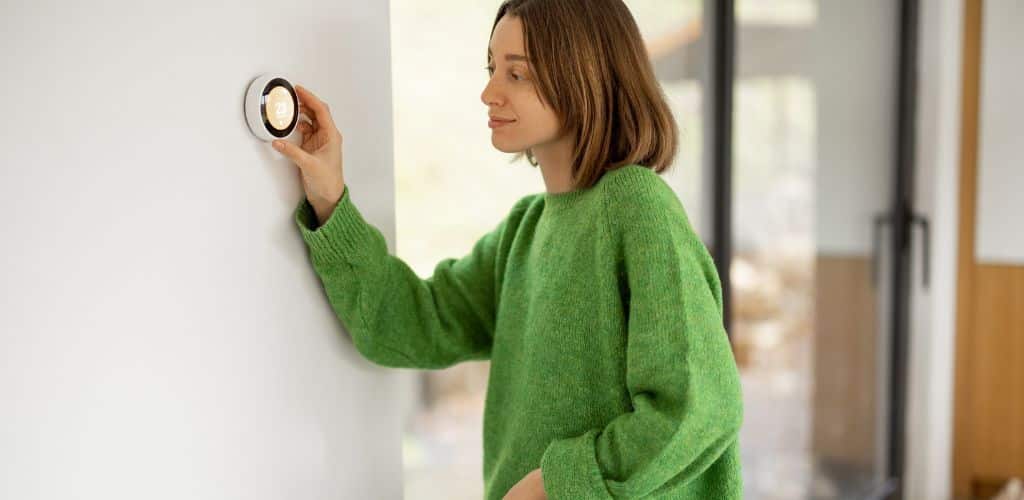
Humidity and pianos have a love-hate relationship; too much or too little can lead to an acoustic disaster. The ideal humidity level for a piano is between 30% and 50% because it keeps the wooden components from warping or cracking.
A climate-controlled room, or at the very least a humidity control system inside your house and a dehumidifier or humidifier, can significantly maintain consistency.
No drafts, please – they’re as welcome as a bee in one’s bonnet, disrupting the balance of constant temperature we’re after.
Central heating systems tailored for pianos combat those atmospheric changes. It’ll keep your piano feeling as snug as a bug in a rug!
Strategic Placement for Optimal Performance
Deciding where to put my piano is like choosing where to plant a tree. It needs the perfect spot to thrive; with pianos, it’s all about balancing aesthetics and sound.
Let’s dive into the details of setting up for an excellent performance.
Choosing the Right Room and Position
Finding a room with acoustic pianos is my first order of business. High ceilings and wooden floor can create an acoustic wonderland where my piano’s sound waves twirl and swirl in the air.
Placing an acoustic piano against a wall can lead to slow hammers, affecting the instrument’s responsiveness and touch. Wall placement can impact the piano’s overall performance and the player’s experience.
With grand pianos, I look for a spot that shows off its curves and keeps it away from the cold or heat. I aim to park the straight edge against an inner wall, allowing the soundboard—the heart of the piano’s beautiful sound—to breathe freely.
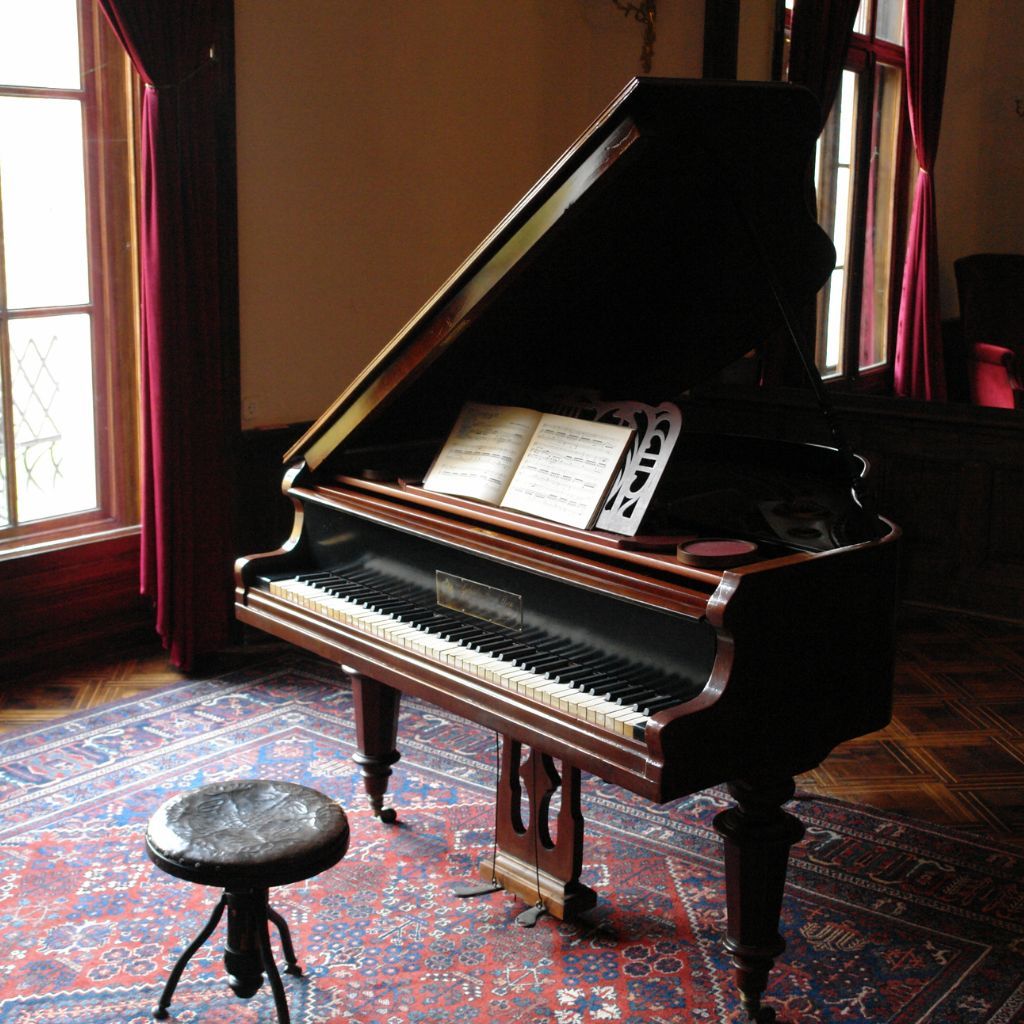
And when it comes to upright pianos, a cozy nook away from windows and vents, where humidity and temperatures play nice, is perfect.
Caring for Your Piano's Exterior and Acoustics
Direct sunlight is a big no-no for keeping my piano’s finish from fading into a ghost of its former glory.
A piano cover or strategically placed curtains can be real lifesavers here.
Also, those caster cups are more than fancy décor—slip them under the wheels, and voilà, I’m protecting the floors and the piano’s delicate balance.
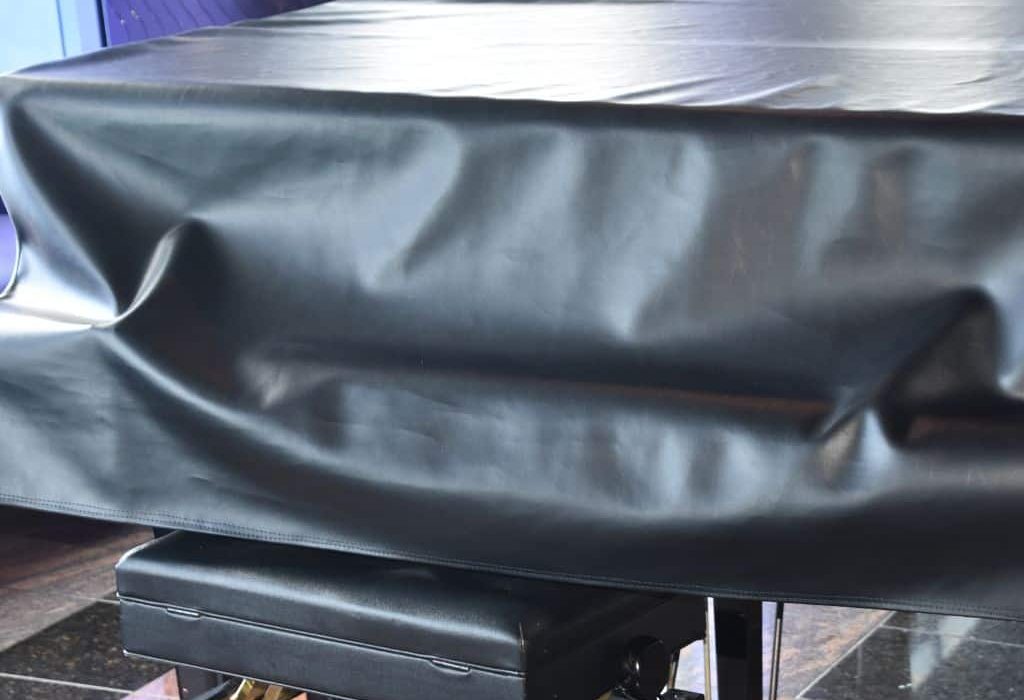
Top Piano Brand Guide
Yamaha U1 Upright Piano

The Yamaha U1 Upright Piano features a solid spruce soundboard and advanced action mechanism, delivering a rich, resonant tone and responsive touch.
Its exceptional build quality and consistent performance make it a top choice for both students and professional pianists seeking a reliable and high-quality instrument.
Yamaha U1 Upright Piano
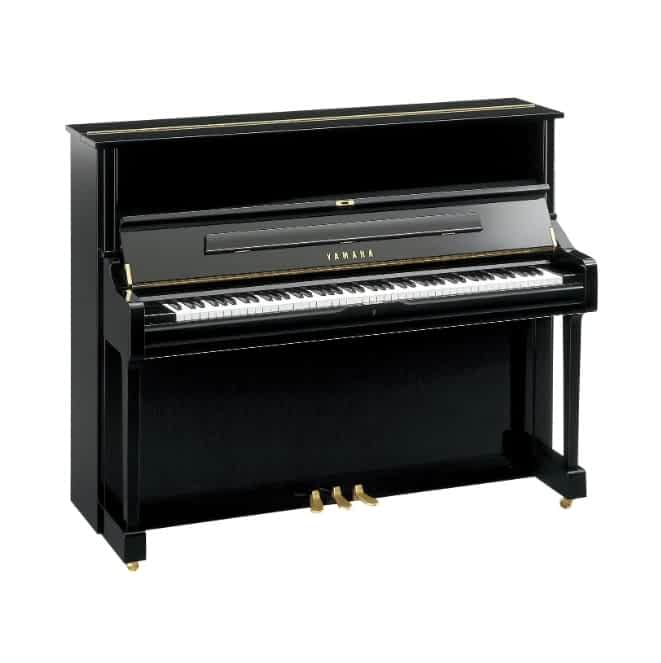
PERFECT FOR: beginners to professional pianists
FEATURES: Attractive design with a 48" height and 59" width
OTHER INFO: High-quality materials used throughout the production process
Yamaha U1 Upright Piano
- Light play action is designed to prevent hand fatigue and encourage practice time
- Offers a nice tonal balance across the entire keyboard, with all 88 notes complementing each other
- Provides amazing sound quality that continues throughout the years of proper maintenance and care
- Affordably priced within its class and offers great resale value
- Designed for studio-type spaces - may not fill larger rooms with sound as well as the larger U3 upright piano
When you click ‘Check Price’, you’ll see there are loads of great places to buy this item. Our personal favorite is Sweetwater for the US, and Thomann and Gear4Music for the UK & Europe.
They are the largest music retailers, with excellent customer service, competitive prices, really fast shipping, and the longest guarantees.
The professional musician who wrote this article combined many things,
from the product build, manufacturer’s reputation through to feedback
from other users, to create our famous TedScore™.
Kawai CN21 Digital Piano

The Kawai CN21 Digital Piano features the Advanced Hammer Action IV-F keyboard and Harmonic Imaging sound technology, delivering a highly realistic and expressive piano playing experience.
Its built-in lesson functions, dual headphone jacks, and robust speaker system make it an excellent choice for both beginners and experienced players seeking versatility and superior sound quality.
Kawai CN21 Digital Piano
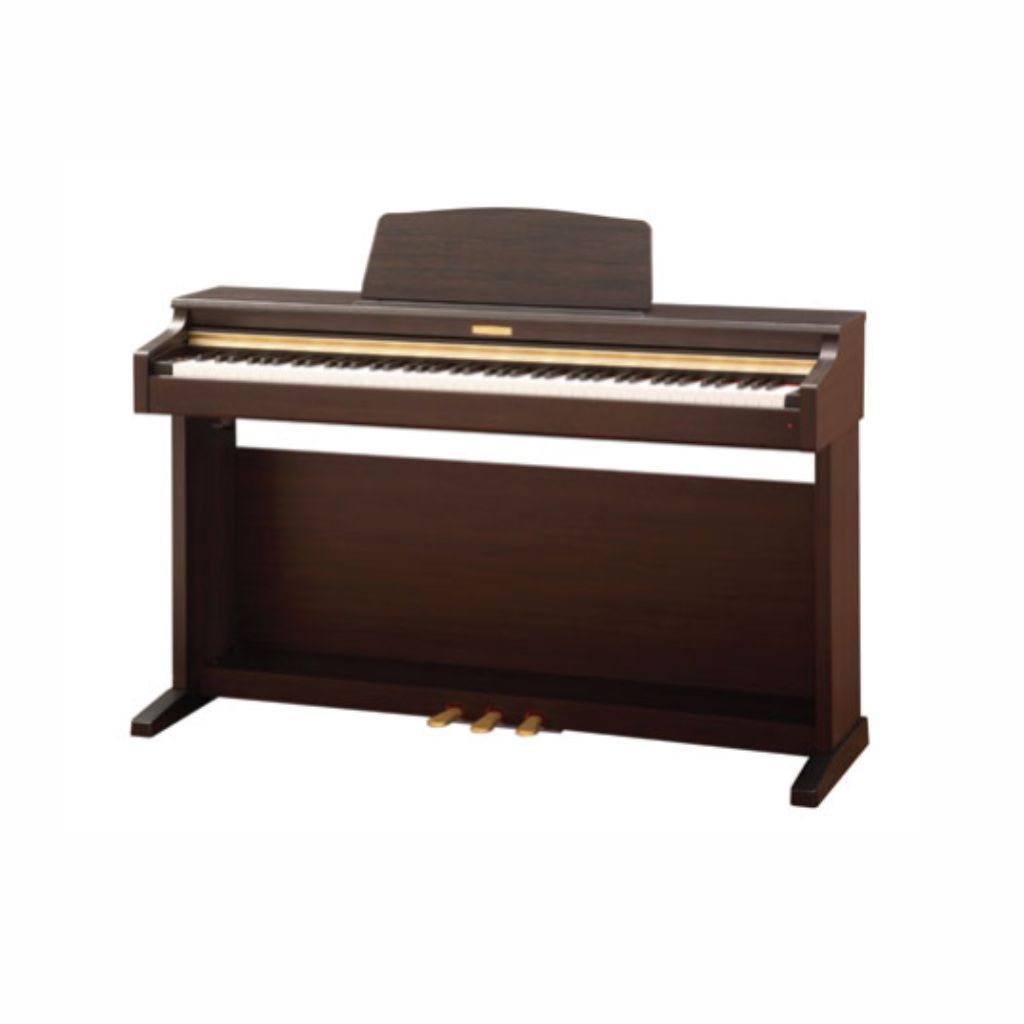
FEATURES: OLED Display That Makes Navigation Easy
OTHER INFO: Spatial Headphone Sound Technology Enhances The Depth And Realism Of The Sound
- Includes Kawai's lesson function to learn classic piano pieces
- Adjust the instrument's parameters with the Virtual Technician app
- Creates rich and expressive sounds like the SK-EX and EX concert grand pianos
- With Superior Headphone Sound technology to enhance playing experience
- Advanced mode requires an iPad to access
When you click ‘Check Price’, you’ll see there are loads of great places to buy this item. Our personal favorite is Sweetwater for the US, and Thomann and Gear4Music for the UK & Europe.
They are the largest music retailers, with excellent customer service, competitive prices, really fast shipping, and the longest guarantees.
The professional musician who wrote this article combined many things,
from the product build, manufacturer’s reputation through to feedback
from other users, to create our famous TedScore™.
DP-90U Upright Piano by Gear4Music
The DP-90U Upright Piano by Gear4Music features 88 weighted keys and a range of high-quality instrument voices, providing an authentic and versatile playing experience.
Its sleek, compact design and built-in practice functions make it an ideal choice for pianists seeking a space-saving solution without compromising on performance.
DP-90U Upright Piano by Gear4Music
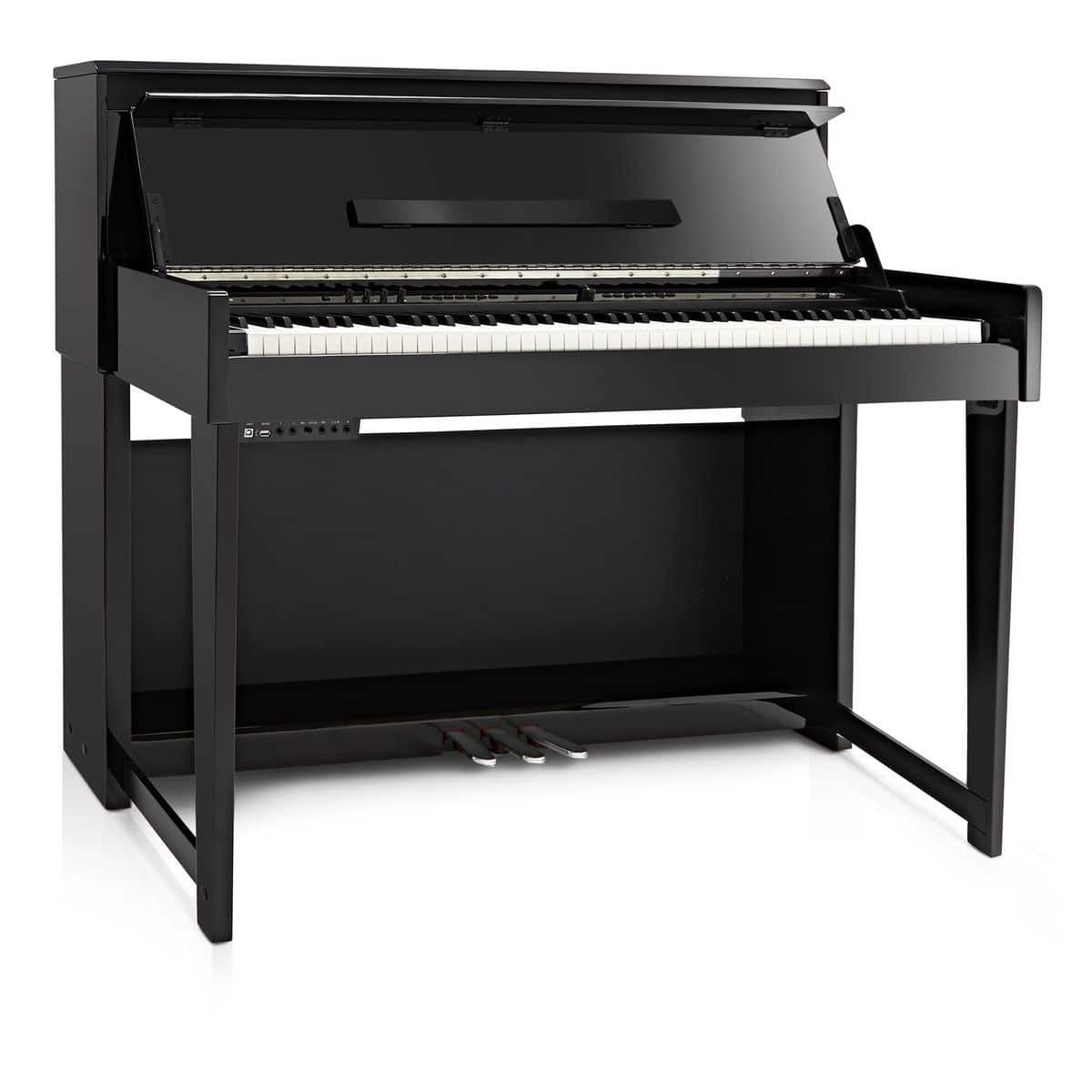
FEATURES: Has 88 hammer-action keys with adjustable touch sensitivity
OTHER INFO: Includes 20 high-quality instrument voices and 50 demo songs
- With a built-in 2-track recorder and metronome for practising and composing
- An affordable price point compared to another digital upright piano with similar features
- Compact and stylish design to fit into smaller spaces
- None!
When you click ‘Check Price’, you’ll see there are loads of great places to buy this item. Our personal favorite is Sweetwater for the US, and Thomann and Gear4Music for the UK & Europe.
They are the largest music retailers, with excellent customer service, competitive prices, really fast shipping, and the longest guarantees.
The professional musician who wrote this article combined many things,
from the product build, manufacturer’s reputation through to feedback
from other users, to create our famous TedScore™.
Where should you not put a piano:
Key highlights
Finding the best placement for my piano is like creating a cozy den for a beloved pet. Just as you wouldn’t place your furry friend anywhere, the same goes for your musical companion. I’ll avoid direct sunlight and drafty doors and windows to keep it sounding great.
Piano should not be near any radiators or fireplaces, for sure. It doesn’t like a hot room or a chilly draft. Humidity can cause problems, so avoid damp and misty areas.
Place your piano against an inside wall, away from the hustle and bustle of household traffic. This keeps the temperature stable and reduces any sudden changes.

A good location helps create beautiful music and makes my piano the heart of my home, where it can flourish and fill the space with lovely music.
Here’s to creating a delightful corner for our piano friends, ensuring they’re tuned in for the long haul, and keeping our melodies magical!
But wait! There’s still more…
Discover the 14 accessories for piano to enhance your playing experience and care for your instrument in this comprehensive guide.
FAQ's
The best place to put a piano in a room is against an inside wall, away from direct sunlight, drafts, and heat sources, in a stable environment with consistent temperature and humidity.
It is generally not recommended to place a piano near a window due to potential exposure to direct sunlight, temperature variations, and drafts, which can affect the instrument’s tuning, finish, and overall condition.
Yes, placing an upright piano against a wall, preferably an inside wall, is generally recommended to provide stability, support, and protection for the instrument.
Placing a piano against an inside wall helps to provide a more stable environment for the instrument. Inside walls typically experience fewer fluctuations in temperature and humidity than outside walls, which can help maintain the piano’s tuning stability and overall condition.


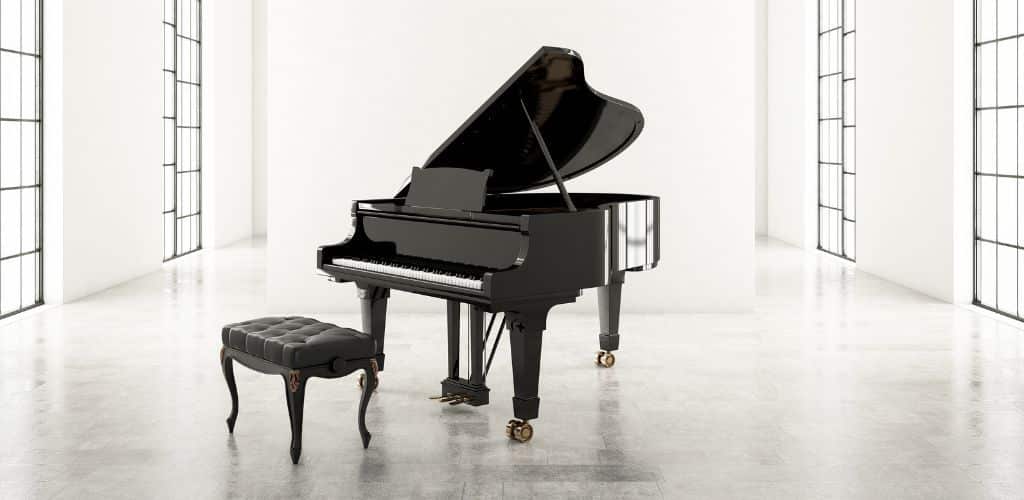








Imagine putting a piano in the bathroom for those acoustics, Robert Emery! Jokes aside, really useful guide on where NOT to place a piano. Who knew sunlight could be such a drama queen for pianos?
While the DP-90U Upright Piano by Gear4Music is featured as an option, it’s important for potential buyers to consider the action and sound quality relative to traditional uprights. The digital aspects offer convenience but might lack in providing the authentic touch and tone experienced pianists look for.
kawai CN21 sounds cool, anyone tried it?
Absolutely loved the section on avoiding environmental damage, Robert Emery! As someone who’s always preaching to my students about the importance of where they place their instruments, it’s refreshing to see such a detailed guide. The insights on managing humidity were particularly enlightening. It’s a detail so easily overlooked but crucial for the wellbeing of a piano. Thanks for shedding light on this!
PianoLover101, yes! They suggested keeping the humidity level around 30-50% to prevent damage. A hygrometer can help monitor this.
MarieSings, did they mention anything about specific humidity levels to aim for? Trying to adjust my room accordingly.